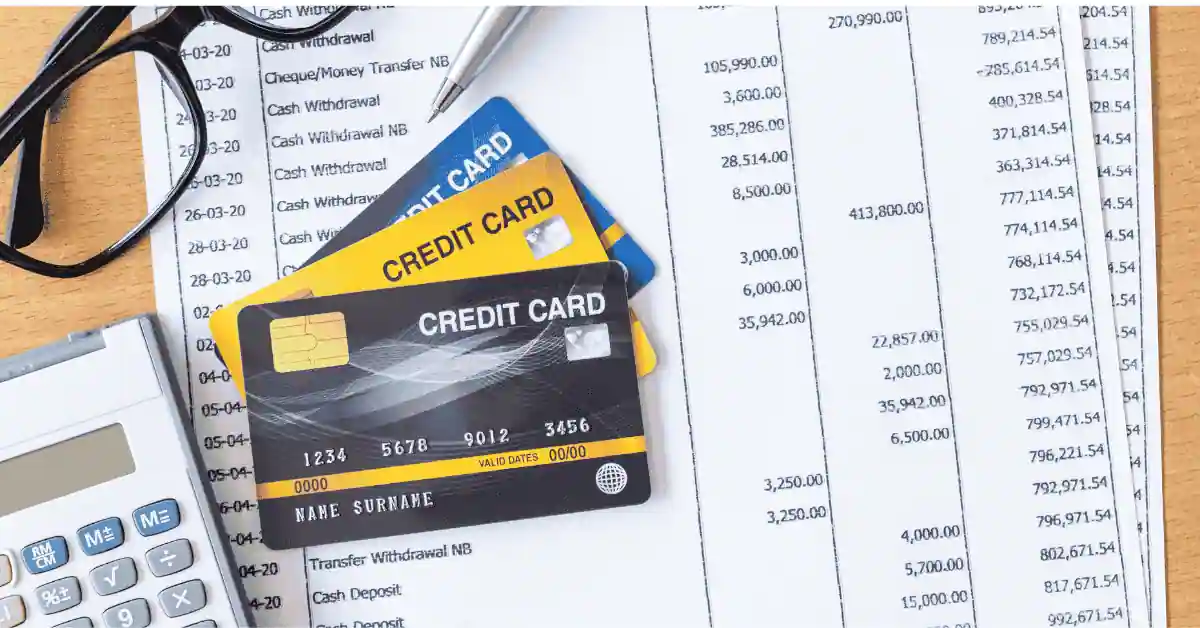When it comes to securing business loans or protecting your interests in case of default, the effective financing statement is a document you can’t afford to overlook. Whether you’re a small business owner or a seasoned entrepreneur, understanding this legal tool is key to maintaining your business’s financial stability.
But what exactly is it, and why should you care? Let’s break it down in a way that’s easy to understand and, dare we say, a little fun.
The Basics of an Effective Financing Statement
An effective financing statement, often referred to as a UCC-1 filing, is a legal form used by lenders to perfect their security interest in the collateral provided by a borrower. This filing, required under the Uniform Commercial Code (UCC), is essential for ensuring that the lender has a legal claim on specific assets if the borrower defaults on a loan.
Think of it like this: If you’re lending someone money, you want a backup plan in case things don’t go as planned. A financing statement gives the lender legal priority to the borrower’s assets (collateral) should the borrower fail to repay the debt.
How Does an Effective Financing Statement Work?
UCC-1 Filing Explained
When you file a UCC-1 statement, you’re essentially telling the world: “Hey, if this borrower defaults on their loan, I have a legal right to these assets.” The financing statement not only protects the lender’s interests but also prevents other creditors from claiming the same collateral.
Here’s a simple example:
Suppose you borrow $50,000 from a bank to expand your tech startup. The bank requires that you list your office equipment (computers, desks, etc.) as collateral. Once the UCC-1 is filed, the bank’s claim to that equipment becomes legally protected.
The Components of an Effective Financing Statement
An effective financing statement includes three key elements:
- Debtor Information: This is the person or business borrowing the money. Make sure you get their name, business name, and address correct!
- Secured Party Information: The lender or creditor who is securing the debt. Again, accuracy is crucial.
- Collateral Description: What assets are being pledged as security? This could include office equipment, inventory, or real estate.
Key Components of an Effective Financing Statement
Debtor Information
The debtor is the person or entity borrowing the money. The most common mistake here is listing incorrect or incomplete information. A debtor’s legal name, not a “doing business as” name, should be used. If you’re unsure, double-check the business registration.
Secured Party
The secured party is the lender or creditor. This is the person or institution you’re borrowing from. Be sure that their name and contact details are 100% accurate. Missing or incorrect information can lead to complications later on.
Collateral Description
Collateral refers to the assets you’re putting up to secure a loan. You have to be as specific as possible. Rather than writing “equipment,” describe exactly what’s being pledged—e.g., “All furniture, computers, and office supplies located at [address].” The clearer, the better.
Common Mistakes in Financing Statements (And How to Avoid Them)
1. Filing Inaccurately
One of the most common mistakes is incorrectly filing debtor information or listing vague collateral. These mistakes can invalidate your filing, leaving your interests unprotected. Always verify details before submitting your UCC-1 form.
2. Missing Deadlines
A late filing can leave your interests unprotected, especially if another creditor files first. The earlier you file, the better. This ensures that your claim takes priority over others.
3. Not Perfecting the Filing
Filing the UCC-1 is only half the battle. You must also “perfect” your security interest, which generally means you’ve filed the form with the correct state office and met all the necessary legal requirements.
How to File an Effective Financing Statement Like a Pro
Step 1: Gather the Necessary Information
Before you start, make sure you have all the correct information: debtor’s name and address, secured party details, and a full description of the collateral.
Step 2: Choose Your Filing Method
You can file the UCC-1 either online or on paper, depending on the state. Online filing is faster, but paper filing is sometimes preferred for more complex situations. Review your state’s regulations for filing options.
Step 3: Submit the Form and Pay Fees
Once your form is complete, submit it to the appropriate state office. There will typically be a filing fee that varies by state, so be sure to budget for that.
Why an Effective Financing Statement Matters for Your Business
An effective financing statement doesn’t just protect a lender’s interests—it safeguards your business as well. By filing correctly, you avoid potential claims from other creditors and secure better financial terms for your company.
Imagine your business is growing, and you want to secure additional funding for expansion. A properly filed UCC-1 statement shows lenders that you’re a responsible borrower and have well-secured assets, which makes them more likely to approve your loan.
How a Well-Executed Financing Statement Can Save Your Business
Legal Protection
In the event of default, a properly filed UCC-1 ensures that the lender has a legal claim to your pledged assets. This prevents unsecured creditors from swooping in and making claims on the same assets.
Financial Credibility
If you’ve filed your UCC-1 correctly, it helps boost your business’s financial credibility. It shows future creditors that your existing debts are well-secured, making them more likely to offer favorable terms.
How to Correct Mistakes in Your Financing Statement
Filing Amendments (UCC-3 Form)
If you notice an error in your UCC-1 filing, you can correct it by submitting a UCC-3 amendment form. This form allows you to fix inaccuracies, change collateral descriptions, or even terminate the filing if the debt has been satisfied.
Conclusion:
An effective financing statement is an essential part of securing business loans and protecting your assets. By ensuring your filing is accurate, timely, and complete, you safeguard your business and avoid complications down the road. Don’t wait until it’s too late—file your UCC-1 and keep your business’s financial future secure.
FAQs About Effective Financing Statements
1. What is a UCC-1 filing, and why is it important?
A UCC-1 filing is a legal document that secures a lender’s interest in collateral. It protects the lender’s investment and ensures they have a priority claim if the borrower defaults.
2. How do I know if my financing statement is effective?
It’s effective if the debtor, secured party, and collateral details are accurate, and the form is filed with the correct state office.
3. What happens if I file a financing statement incorrectly?
If there’s an error, your financing statement could be rejected or rendered invalid. Double-checking the details can prevent this.
4. How can I amend a financing statement?
Use a UCC-3 form to amend, update, or terminate your financing statement if any details change.
5. Do I need a lawyer to file a financing statement?
While you can file it yourself, consulting a lawyer or financial advisor is a good idea, especially for more complex situations.





